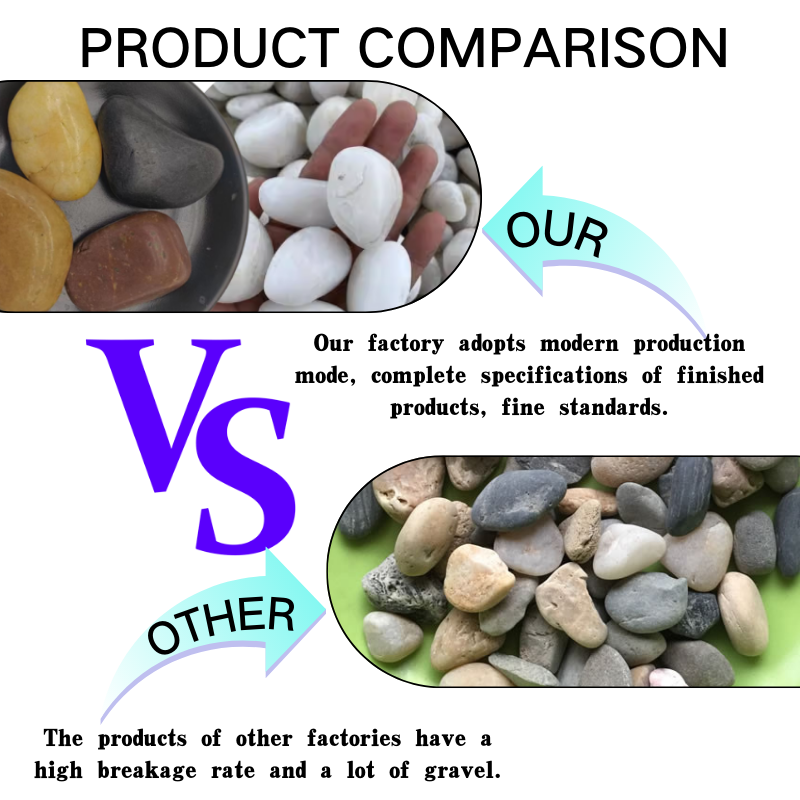
High-Quality Sepiolite Fibers for Construction from Reliable OEM Suppliers in the Building Industry
The Role of OEM Sepiolite Fiber in Building Materials
In the realm of construction and building materials, innovation plays a critical role in enhancing the sustainability, durability, and overall performance of structures. Among the various materials gaining prominence, OEM sepiolite fiber has emerged as a noteworthy option for builders and suppliers. This article explores the properties, benefits, and potential applications of sepiolite fiber in the construction industry.
What is Sepiolite Fiber?
Sepiolite is a unique magnesium silicate mineral that is characterized by its fibrous structure and high porosity. This natural mineral can be processed into fiber, resulting in a lightweight, flexible, and absorbent material. When used in construction, sepiolite fiber offers a variety of advantages, making it an ideal choice for various applications ranging from insulation to reinforcement.
Advantages of OEM Sepiolite Fiber
1. Thermal Insulation One of the primary benefits of sepiolite fiber is its excellent thermal insulation properties. Its porous structure allows it to trap air, providing effective thermal resistance. This feature is particularly beneficial in maintaining indoor temperatures, reducing heating and cooling costs, and promoting energy efficiency in buildings.
2. Fire Resistance Sepiolite is a naturally fire-resistant material, making it an ideal component in fireproofing materials. When incorporated into building structures, it enhances fire safety, complying with stringent building codes and regulations.
3. Moisture Absorption Due to its high porosity, sepiolite fiber can absorb moisture effectively. This property helps in regulating humidity levels within buildings, preventing mold growth and contributing to a healthier indoor environment. Moreover, it helps protect structural components from water damage.
oem sepiolite fiber for building supplier

4. Lightweight and Versatile Sepiolite fiber is incredibly lightweight, which not only reduces the overall weight of construction materials but also alleviates the load on foundations. Its versatility allows it to be utilized in various forms, including insulation boards, plaster materials, and composite structures.
5. Eco-Friendly As a natural mineral, sepiolite is environmentally friendly and can be sourced sustainably. Its use in construction materials contributes to greener building practices, aligning with the growing emphasis on sustainability within the construction industry.
Applications in Building
OEM sepiolite fiber can be applied in numerous aspects of building construction
- Insulation It can be used in insulation materials, contributing to energy efficiency and comfort in residential and commercial buildings. - Plaster and Cement Sepiolite fiber can enhance the performance of plaster and cement mixtures, improving their workability and adhesion while reducing cracking. - Reinforcement The fibrous nature of sepiolite makes it an excellent additive for strengthening composite materials, enhancing their durability and mechanical properties. - Acoustic Panels Its sound-absorbing qualities make sepiolite fiber an effective component in acoustic panels, helping to create quieter indoor environments.
Conclusion
The incorporation of OEM sepiolite fiber in building materials marks a progressive step towards more sustainable and effective construction practices. Its thermal insulation, fire resistance, moisture absorption, lightweight nature, and eco-friendliness make it a suitable choice for various applications. As demand for innovative building solutions continues to grow, sepiolite fiber stands out as a valuable asset for builders and suppliers aiming to meet the evolving needs of the construction industry. Embracing materials like sepiolite fiber is not only a smart economic decision but also a commitment to environmental stewardship and overall building performance.
Share
-
Premium Pigment Supplier Custom Solutions & Bulk OrdersNewsMay.30,2025
-
Top China Slag Fly Ash Manufacturer OEM Factory SolutionsNewsMay.30,2025
-
Natural Lava Rock & Pumice for Landscaping Durable Volcanic SolutionsNewsMay.30,2025
-
Custom Micro Silica Fume Powder Manufacturers High-Purity SolutionsNewsMay.29,2025
-
Custom Mica Powder Pigment Manufacturers Vibrant Colors & Bulk OrdersNewsMay.29,2025
-
Custom Micro Silica Fume Powder Manufacturers Premium QualityNewsMay.29,2025






